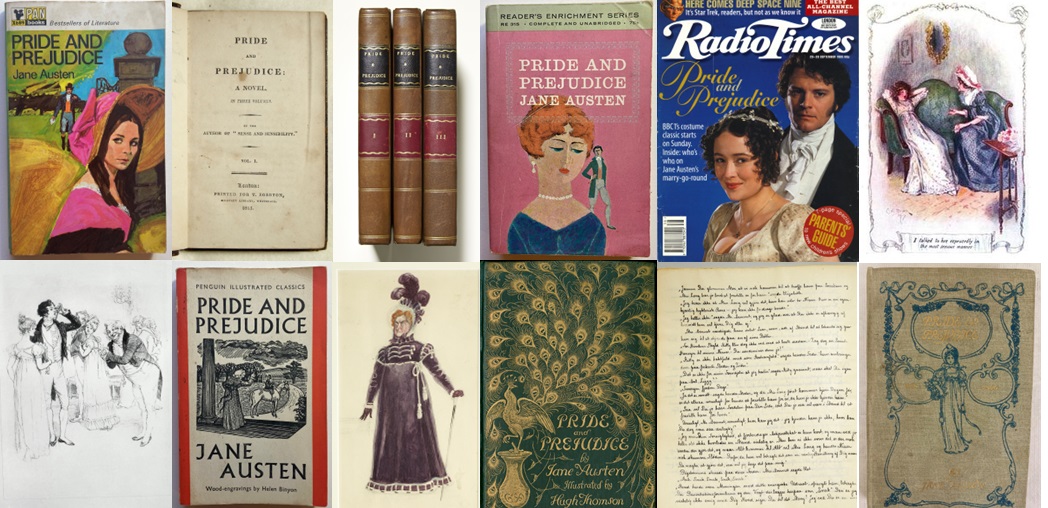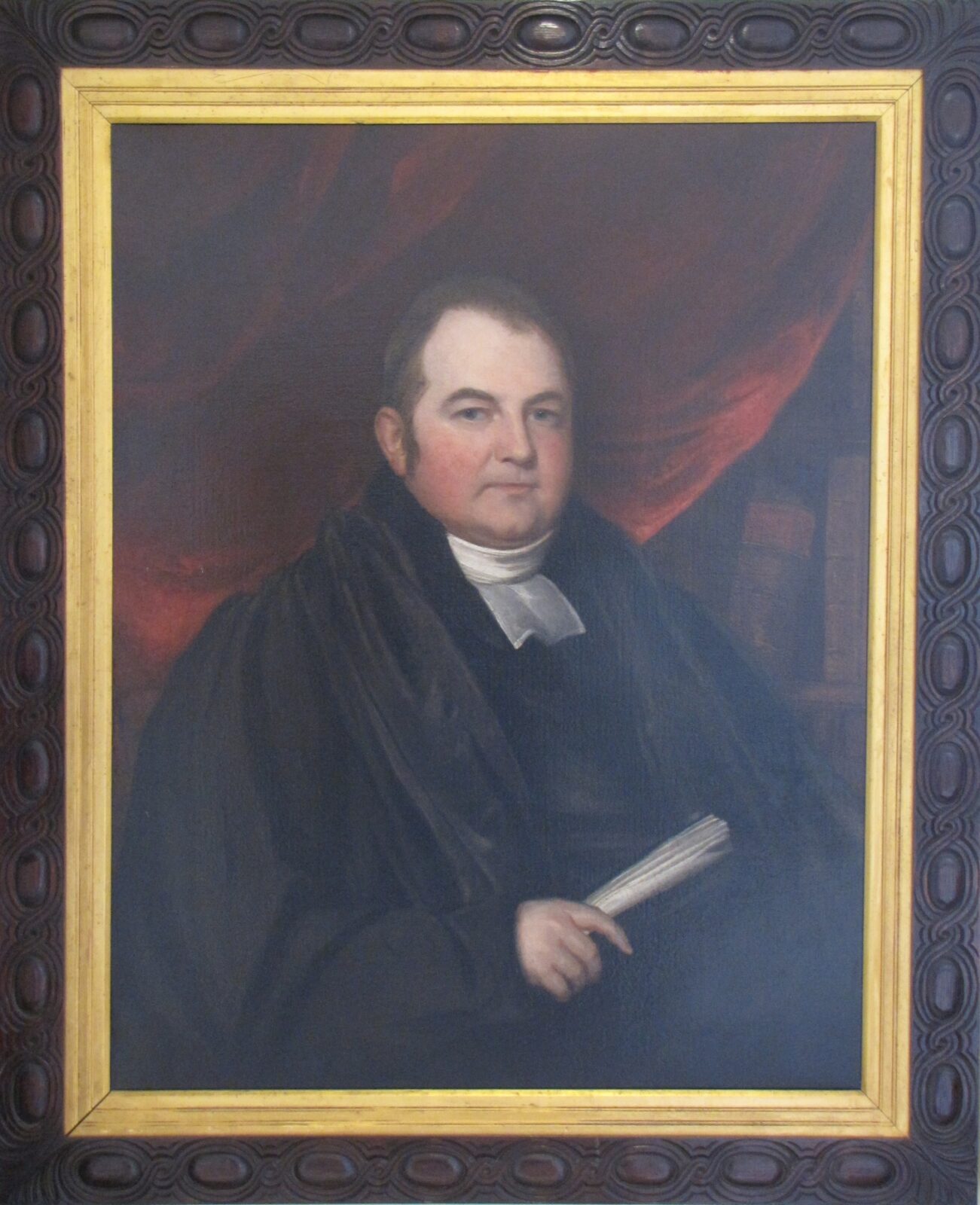First draft: First Impressions
Jane drafted Pride and Prejudice in 1796, when she was 20, at her childhood home of Steventon Rectory. She wrote it following a visit to Rowling, her brother Edward’s home in Kent, which may have inspired some of the grander houses in the novel. At this time the novel was called First Impressions, and it is believed to have been written as a series of letters.
Jane’s father wrote to a publisher, Thomas Cadell, in November 1797, to offer the manuscript for publication. He wrote that he had ‘a Manuscript novel, comprised in three Vols. about the length of Miss Burney’s Evelina’ available for publication, and offered to send it if Cadell was interested.
Cadell returned the letter with a curt note scrawled across the top: ‘declined by return of post’. This blunt rejection marked the start of Jane’s struggle to get her works published, something that she would not achieve until Sense and Sensibility was published in 1811.
The first surviving mention of First Impressions by Jane occurs in a letter to Cassandra, written on Tuesday 11 June 1799. She writes:
‘I would not let Martha read First Impressions again upon any account, & am very glad that I did not leave it in your power.─She is very cunning, but I see through her design;─she means to publish it from Memory, & one more perusal must enable her to do it.’
OBJECTS:
Portrait miniature of Tom Lefroy by George Engleheart, 1798
Jane Austen met Tom Lefroy in December 1795. He was a clever young Irishman who had moved to London to study law and was spending the Christmas holidays with his uncle and aunt who lived in Ashe, near Steventon.
Jane had just turned 20 and was a bright, lively, pretty girl. Like her much-loved heroine Elizabeth Bennet, she enjoyed music and dancing, wit, laughter and lively conversation.
Although Tom only stayed in Hampshire for a few weeks, the pair met frequently at Christmas balls and parties. They danced, chatted and flirted, until Tom went back to London to resume his studies. Jane went back to work too – it was around then that she began writing First Impressions (later published as Pride and Prejudice).
It has been suggested that Tom was her inspiration for the character of Mr Darcy. They were both handsome, clever and well read; but there the similarities end. Darcy is a famously wealthy landowner; Tom had to work – he came from a large Irish family who depended upon him to make his fortune. Darcy is notoriously proud: ‘above his company, and above being pleased’; Tom was a personable young man, perfectly comfortable in company.
However, it is not impossible that the experience of meeting Tom inspired Jane to write about a young couple enjoying each other’s company, dancing, flirting and falling in love…
Private loan from Judy and Brian Harden
Portrait miniature of Mary Pearson by William Wood, 1798
‘If Miss Pearson should return with me, pray be careful not to expect too much Beauty. I will not pretend to say that on first view, she quite answered the opinion I had formed of her. My Mother I am sure will be disappointed … From what I remember of her picture, it is no great resemblance’.
Jane to Cassandra, 18 September 1796
Mary Pearson was briefly engaged to Jane Austen’s brother Henry in the summer of 1796. Jane met her whilst staying at Rowling in Kent and sent home a rather scathing opinion of her appearance.
The couple’s engagement was broken off later that year, but Jane continued to stay in touch with Mary until 1799, when she was responsible for returning the letters exchanged between the couple. Later, however, the acquaintance was ended and by 1807, when Mary was living with her sisters in Southampton, Jane described the Pearsons as ‘the only Family in the place we cannot visit’.
The original Lydia Bennet?
As a young, pretty girl who jumped into a short-lived engagement with a dashing young soldier, it has been suggested that Mary Pearson may have provided inspiration for the character of Lydia in Pride and Prejudice. Although this cannot be proved, it is true that Jane began writing her militia novel First Impressions, later to be renamed Pride and Prejudice, in around 1796, just as Henry and Mary’s engagement was at its height of interest.
Oil painting of Reverend Edward Cooper by Thomas Barber, 1819
Edward Cooper was Jane’s first cousin, the only son of Mrs Austen’s elder sister Jane. He was educated at Eton and Queen’s College, Oxford, before taking orders. As a clergyman he was a zealous Evangelical and successfully published several volumes of sermons.
Comments in Jane’s letters imply that she found her cousin pompous and tactless and it has been suggested that she based some aspects of Mr Collins’ character in Pride and Prejudice on him.
When her brother Edward’s wife died in 1808 after the birth of their eleventh child, Jane wrote to Cassandra:
‘I have written to Edward Cooper and hope he will not send one of his letters of cruel comfort to my poor brother.’
Perhaps she was thinking of Rev. Cooper when she had Mr Collins write his tactless letter of ‘cruel comfort’ to Mr Bennett after Lydia’s elopement with Wickham.




